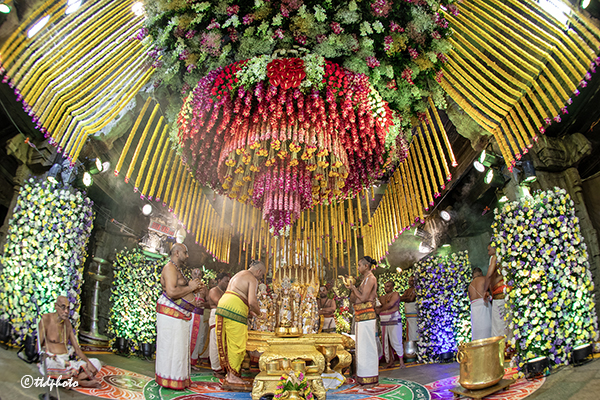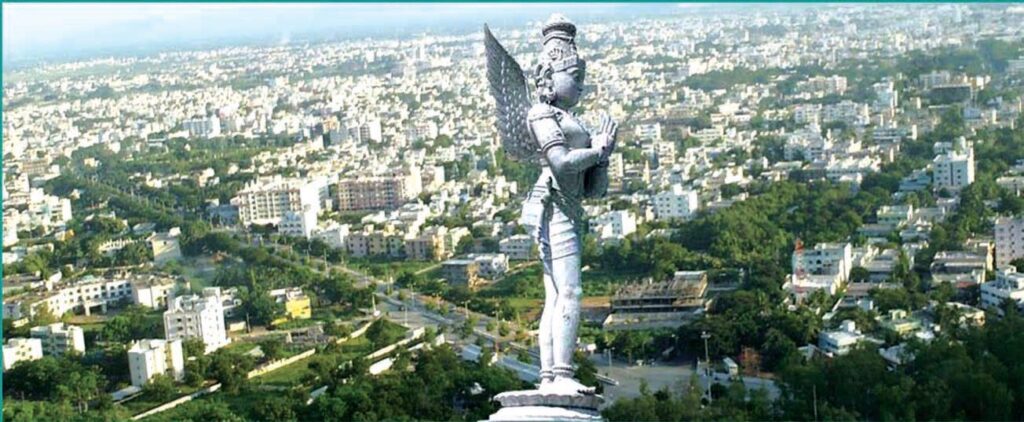Snapana Mandapam As you enter through Golden doors you come across, not very much illuminated, a 27 feet quadrangular mandapam. This (Snapana Mandapam) has four pillars in the middle portion. Sculptured figures of Balakrishna, Yoga Narasimha, Sri Krishna Kaliya Mardhana, etc., can be seen on these pillars. It is known as “Tiruvilan Koil”, a Tamil Read More
Tag: Upper Tirupati
Evolution of Tirupati: A Historical Journey
Evolution of Tirupati The divine hills of Tirumala are believed to have been directly brought from the celestial Sri Vaikuntam and placed on earth for the benefit of mankind. This holy hill is called ‘Venkatachalam’. Lord Vishnu appeared here in the self-manifested form as ‘Srinivasa’ eons before, worshipped by devotees from all corners of the Read More


